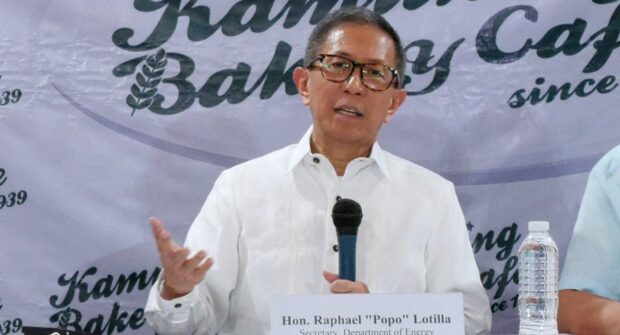Lotilla thumbs down emergency oil stockpile anew
The Department of Energy (DOE) reiterated it would not be pushing through with plans to build a strategic petroleum reserve (SPR) in the country, saying that it would be expensive and that the Philippines’ onshore areas were not fit for storage facilities.
Energy Secretary Raphael Lotilla told reporters the country did not have any empty oil fields that could serve as petroleum storage facilities.
“Unfortunately our onshore areas are not designed for that. So if we have to build storage facilities, can you imagine the amounts we will be investing?” he said.
SPRs are usually established to store crude oil ideally bought at a low market price. Stored reserves are used as buffer that may be tapped in cases of supply shortage or when prices are high.
The US established its own SPR in the 1970s, and it is the world’s largest known emergency stockpile of crude oil.
Article continues after this advertisementLotilla pointed out, however, the country was not currently experiencing any supply constraints. “Therefore the answer is not a strategic reserve.”
Article continues after this advertisementHe also noted the DOE was pushing for a 50-percent vehicle electrification by 2050, which meant that demand for oil-based products may decline.
“We need to study why our previous generations did not go for that kind of solution,” the energy chief added, citing the 1973 Yom Kippur war that resulted in crude oil prices rising by nearly twelve times. Back then, Lotilla said the Philippine government did not opt for SPRs.
To recall, former Energy Secretary Alfonso Cusi revived plans of establishing an SPR in 2020 due to the COVID-19 pandemic and as oil prices fell below $20 per barrel.
Cusi had tasked the state-run Philippine National Oil Co. to conduct a study on the proposed oil stockpile facility.
Despite being pushed to pursue the plan under his leadership, Lotilla announced in March this year the DOE would no longer push through with the establishment of an SPR in the country. INQ
